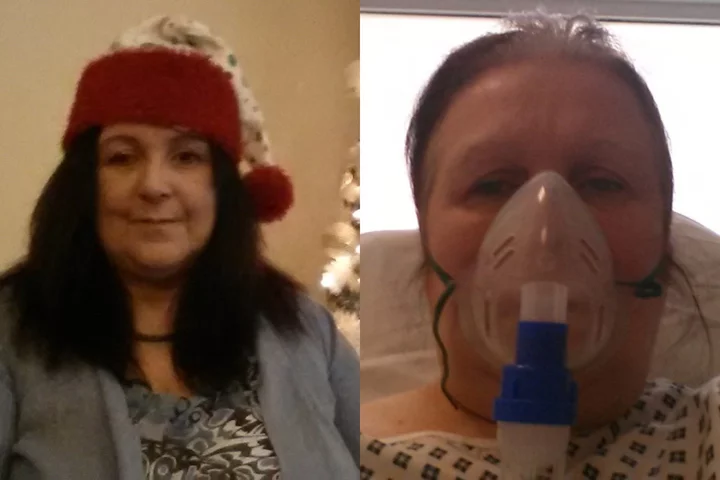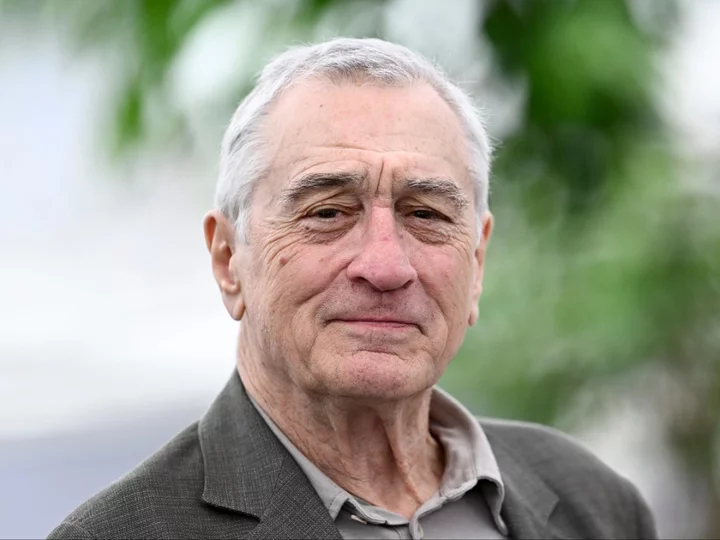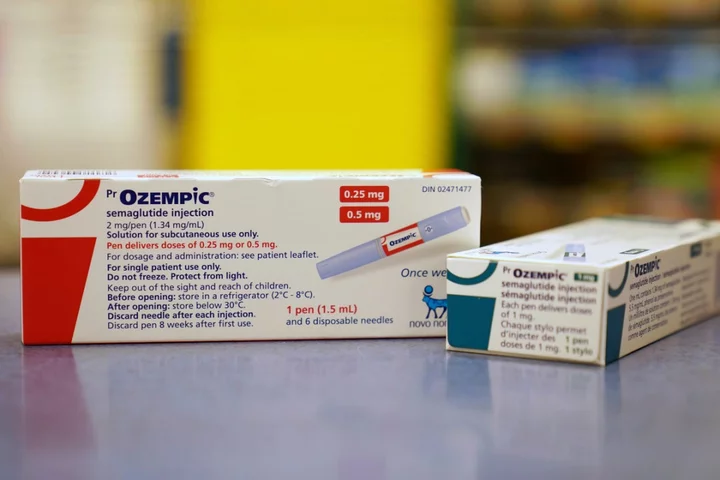Toxic flame retardants have been found in human breast milk, research has revealed.
A new peer-reviewed study published in the Environmental Pollution journal has identified 25 types of toxic flame retardants in human breast milk in the US, posing a “disturbing” threat to breastfeeding infants.
After analysing breast milk samples of 50 mothers from the Seattle area, researchers at Toxic Free Future, Emory University, the University of Washington, and Seattle Children’s Research Institute found brominated flame retardants (BFRs) – a class of man-made compounds commonly used in products like upholstered furniture, televisions, and insulation.
Researchers have warned that these chemicals, as well as the presence of flame retardants in human breast milk, can have an “adverse effect on human health” and “early-life exposures are of greatest concern”.
One type of flame retardant found in the breast milk samples were polybrominated diphenyl ethers (PBDEs), despite these compounds being phased out by manufacturers nearly 10 years ago.
Efforts to ban PBDEs came around in 2003 after the toxic chemicals were found in the breast milk of 20 mothers in the US. Chemical producers quickly stopped the sale of PBDEs for use in upholstered furniture, and they were eventually banned by the US Environmental Protection Agency.
Companies then turned to another, largely unregulated BFR called bromophenols, which are used in electronics and have been shown to affect hormone levels in infants.
While the research found that levels of banned PBDEs had declined in breast milk samples – 70 per cent lower than they were 20 years ago – bromophenols were present in 88 per cent of the breast milk samples tested, ultimately replacing one banned chemical with another, unsafe chemical in the same class.
“Our results show that when we prohibit the use of persistent toxic chemicals like PBDEs, we make breast milk safer for babies,” said Erika Schreder, study co-author and science director at Toxic Free Future, a group that has advocated for new regulation of industry and consumer products. “But it’s disturbing to find that the replacement chemicals are now building up in breast milk.”
Brominated flame retardants are often put into casings for TVs and other electronics. Studies have shown that these chemicals can escape out of products into indoor dust and air, outdoor air, surface water and of course, breast milk. BFRs have also been linked to negative health impacts such as learning problems, hormone disruption, and reduced fertility.
“It’s concerning to find flame retardants in breast milk that can disrupt hormones and affect children’s brain development,” said Dr Amina Salamova, study co-author and assistant professor at Emory University’s Rollins School of Public Health, adding that bromophenols have already been found to “affect key thyroid hormones during fetal development”.
Local, state, and federal policy makers have since taken steps towards regulating harmful flame retardants. In December 2021, New York governor Kathy Hochul signed into law a bill that restricted the use of flame retardants in furniture, mattresses, and electronic displays. The law also prohibited the use of organohalogen flame retardants (OFRs) in electronic enclosures, such as televisions.
The European Food and Safety Authority has also banned or restricted the use of certain BFRs and BFR-treated products throughout the EU to protect health and the environment.
“I hope we can learn our lesson this time and put policies in place that address the entire class and make sure chemicals used in products are known to be safe,” said Schreder.
Read MoreBaby formula crisis: As the cost of living bites, meet the parents struggling to feed their infants
Keke Palmer claims she faced ‘breast milk discrimination’ at airport: ‘Why is that not a crime?’
Couple doing IVF lets their dog decide baby’s sex
Women in certain professions ‘may be at higher risk of ovarian cancer’ – study
Mother calls out ‘double standard’ after husband is praised for doing ‘bare minimum’
Couple praised after sharing intimate bathroom TikTok: ‘The reality of birth’









